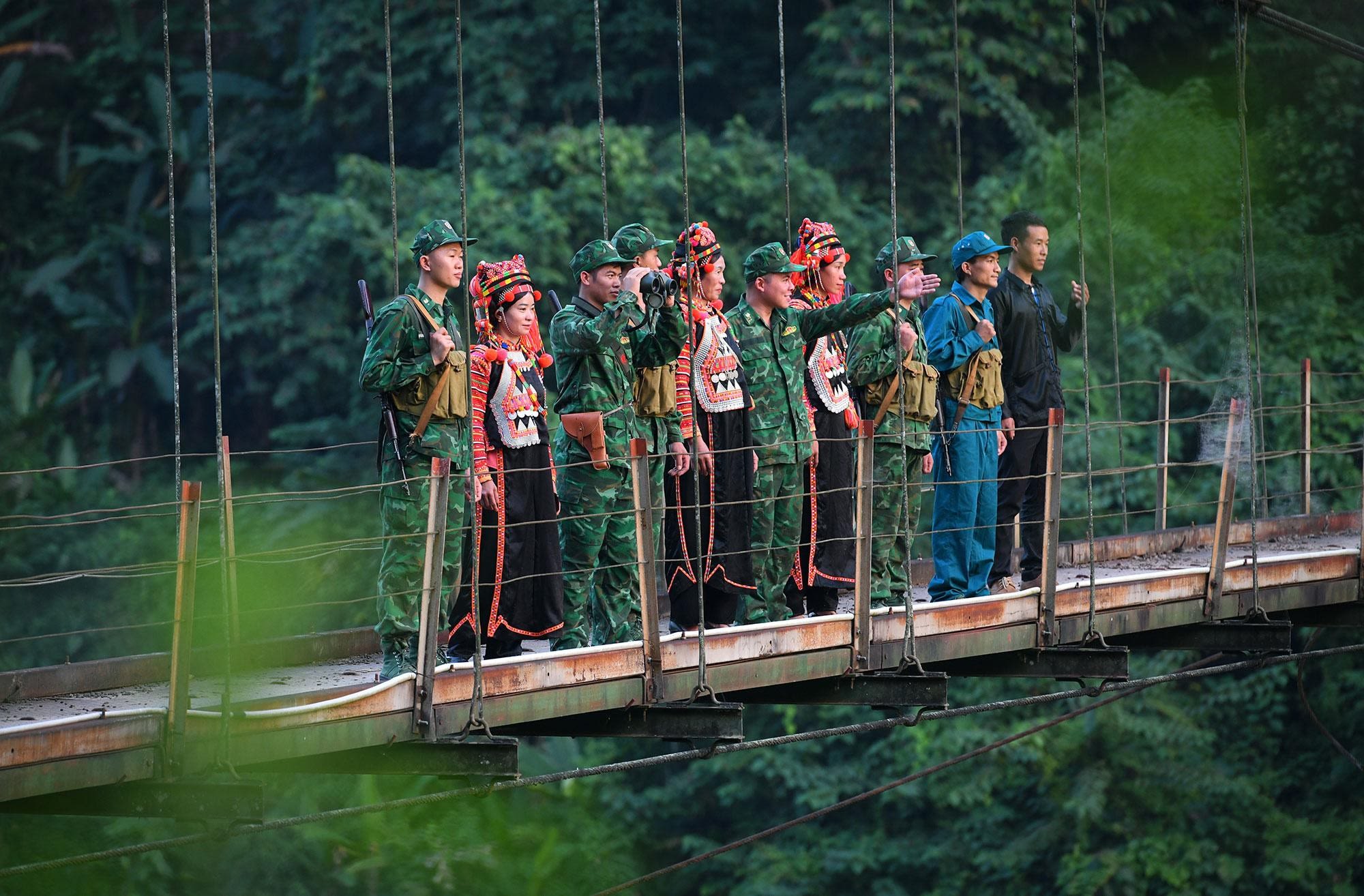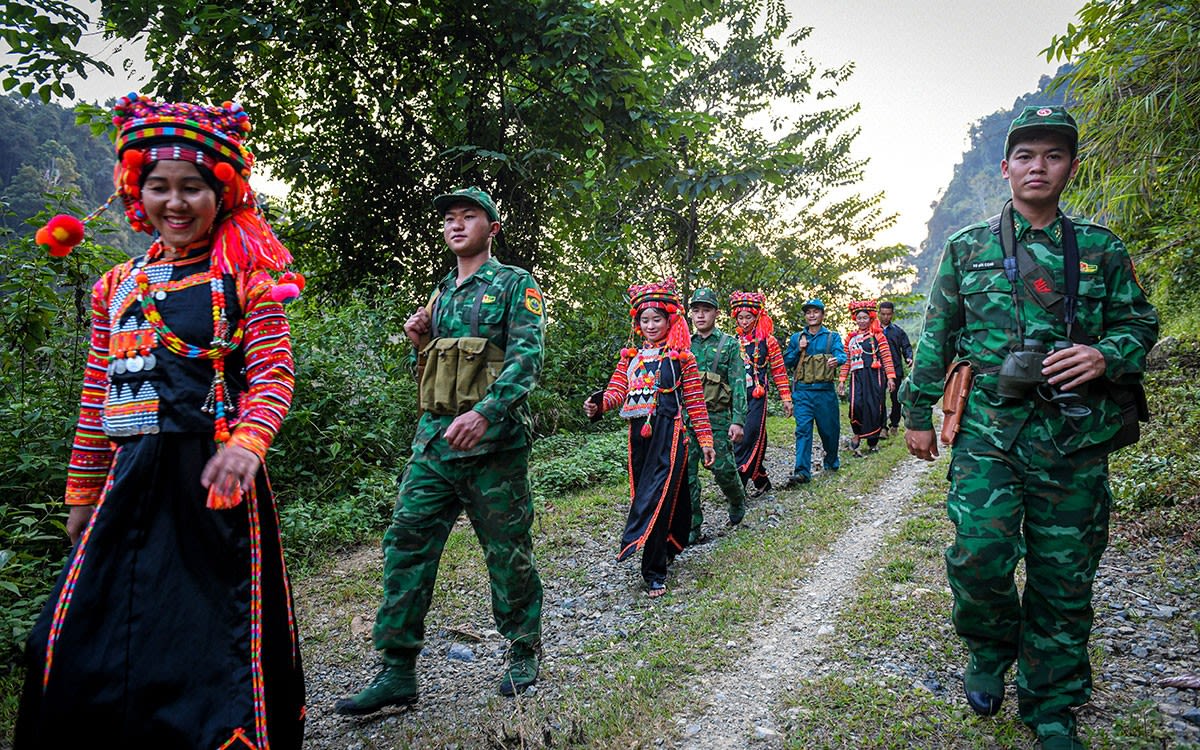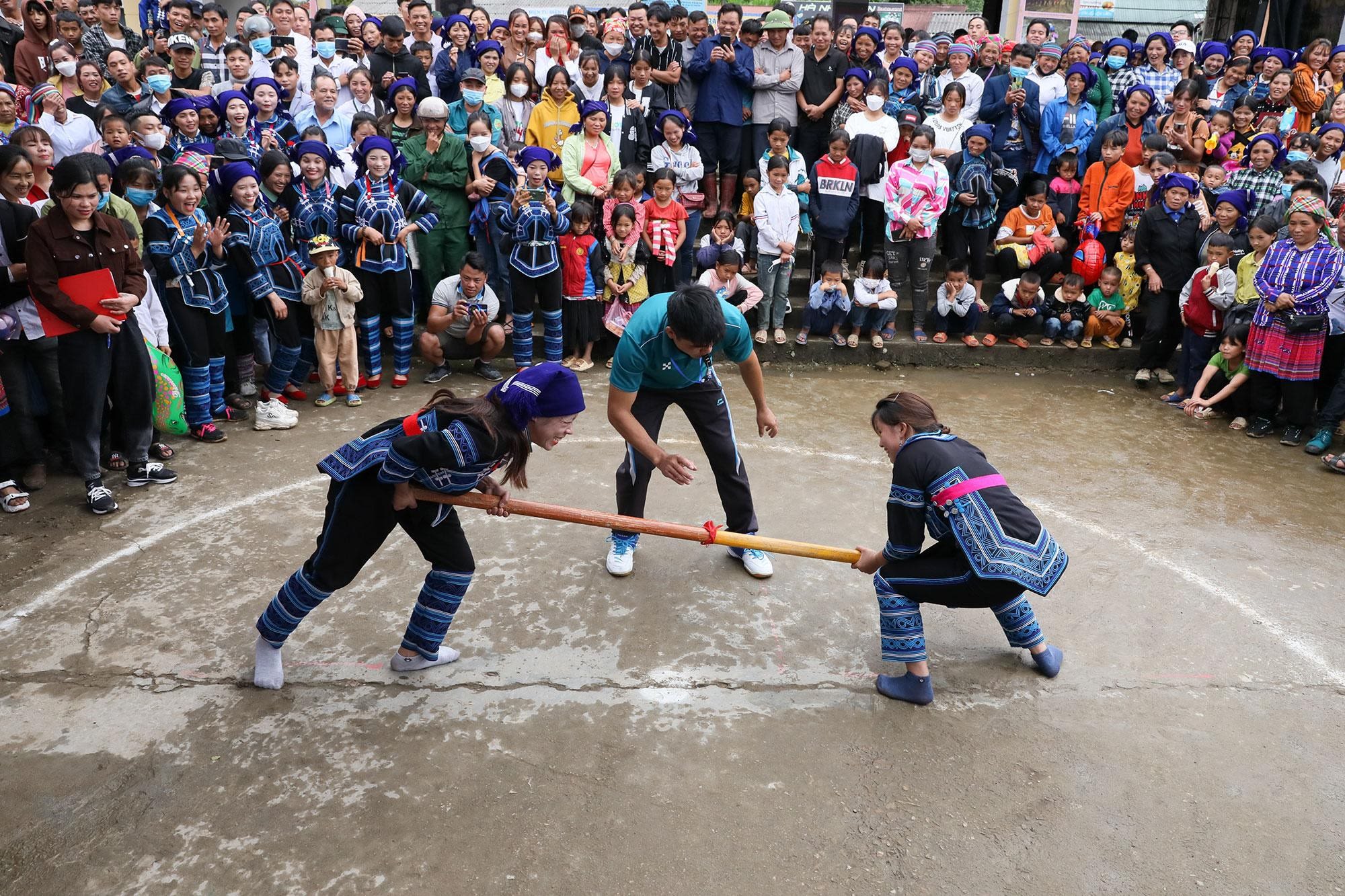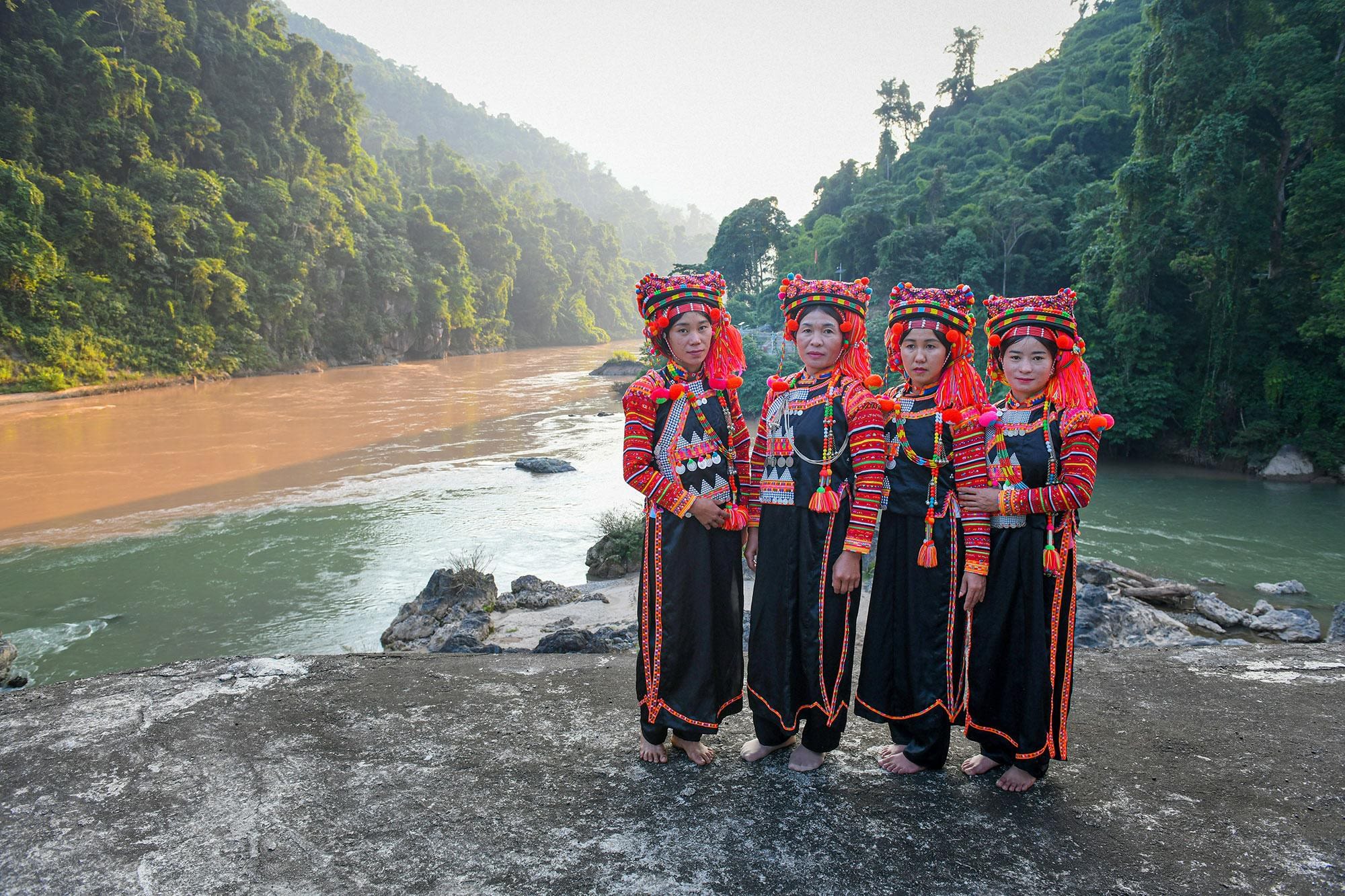
The Ha Nhi people migrated to Vietnam about 300 years ago. Today, they mainly inhabit the northern mountainous provinces, including Dien Bien, Lai Chau and Lao Cai.
1. Origin
The Ha Nhi people have a long history of migration across different countries and routes, including Vietnam, where they arrived about 300 years ago.
The Ha Nhi people can be divided into three sub-groups by place of residence, namely Ha Nhi Co Cho (in low-lying areas), Ha Nhi La Mi (in higher areas) and Ha Nhi Den (also called Ha Nhi Lo Me). By costume and language, there are two sub-groups: Ha Nhi Den and Ha Nhi Hoa.
The Ha Nhi people refer to themselves as Ha Nhi Gia.
2. Population
According to a survey of 53 ethnic minority groups in 2019, the K’ho ethnic group has a population of 25,539, with 12,895 men and 12,644 women.

Photo: Thanh Dat
Photo: Thanh Dat
3. Language
The Ha Nhi people speak a Tibeto-Burman language, which is closer to the Burman language.
4. Geographical distribution
The Ha Nhi Hoa people mostly reside in Dien Bien Province and Lai Chau Province, while the Ha Nhi Den people are concentrated in Bat Xat District of Lao Cai Province, with a few living in Dien Bien and Lai Chau.
5. Main characteristics
- Housing: Earthen houses are the common dwellings of the Ha Nhi people, who live in the highlands. The walls of these houses are 30-40 centimetres thick, which helps them withstand the cold weather. The house stands on a wall that rises 3-4 metres above the ground, with a short sloping roof on top. It has a single door and no porch. Inside, another wall encloses a space called the inner porch, which serves as a shield against the cold air, fog and clouds that might seep in.

Young Ha Nhi people join a patrol with border guards. (Photo: Thanh Dat)
Young Ha Nhi people join a patrol with border guards. (Photo: Thanh Dat)
- Family structure: Patriarchal
- Traditional costume: Men’s clothes are made from self-woven textile, dyed in indigo or black. Women in two Ha Nhi sub-groups have distinct types of dressing. Ha Nhi Den women mainly wear indigo clothes and headscarves, without decorations. Their shirts run to the knees and have buttons on the right armpit. Headscarves are only worn by married women. Ha Nhi Hoa women wear double-layered shirts that go down to their ankles, with patterned sleeves and colourful headscarves.
- Food: The Ha Nhi people usually eat a simple meal of one stir-fried or braised dish and a dish of boiled vegetables without salt or seasoning. They also make colourful sticky rice and a number of desserts from glutinous rice.
They like to drink tea and alcohol, as well as some sweet drinks from plants that have diuretic and blood-enriching effects.

Photo: Thanh Dat
Photo: Thanh Dat
- Festivals: The Ha Nhi people celebrate New Year in the 10th lunar month. They also celebrate the new rice festivals, the double-five festival and the full moon in the 7th lunar month.
- Belief: The Ha Nhi people believe that all things have spirits and there are gods representing them. Therefore, on certain occasions, they usually hold traditional rituals to prey for the protection of the gods, peace, health and good harvests.
“Ga tu” is the ritual to worship the gods at the beginning of a new year, in which a string is hung to ward off evil spirits from the village.
Offering to the water god: The ritual is conducted at the source of water to pray that it will never run dry.
In the third month of the year, the Ha Nhi people conduct a worshipping ceremony for the forest god to pray for good harvests, healthy animals, and population growth.
“Kho gia”, the festival to pray for good harvests, is one of the largest and most distinctive festivals of the year to invoke the gods’ protection of their crops, favourable weather, and abundant yields.
They also venerate the earth god and the sacred tree, which guard their peaceful lives.

Photo: Thanh Dat
Photo: Thanh Dat
- Economic condition: The Ha Nhi people’s livelihoods include farming on terraced fields, raising animals, harvesting natural resources, and making handicrafts such as bamboo and textile products.
The unemployment rate among the Ha Nhi people is 3.03%. The rate of skilled workers is 11.3%. The proportion of non-farming workers is 12.7%. The poverty rate is 44.8%.
- Education: According to a survey of 53 ethnic minority groups in 2019, the rate of literacy among those aged 15 and above is 60.7%, the primary school attendance rate is 101.2%, the secondary school attendance rate is 91.7%, and the high school attendance rate is 58.8%. The rate of children not attending school is 14.7%.